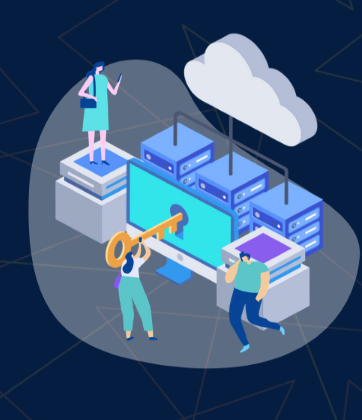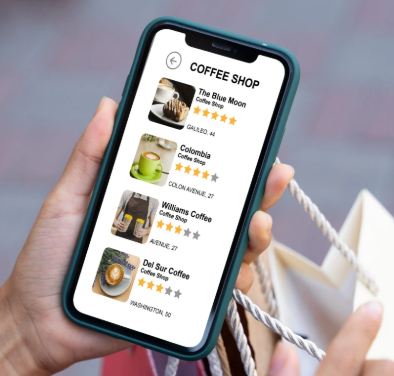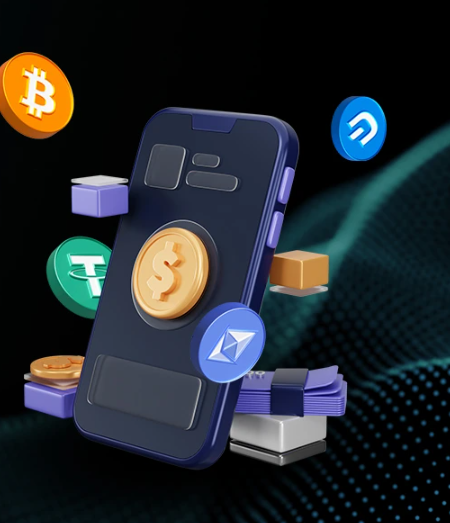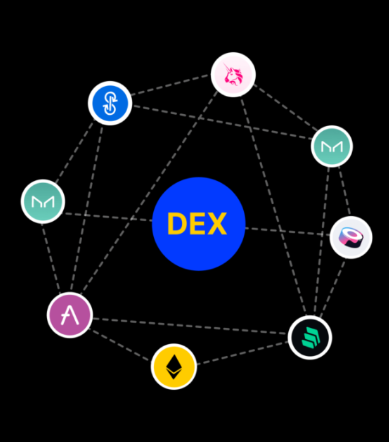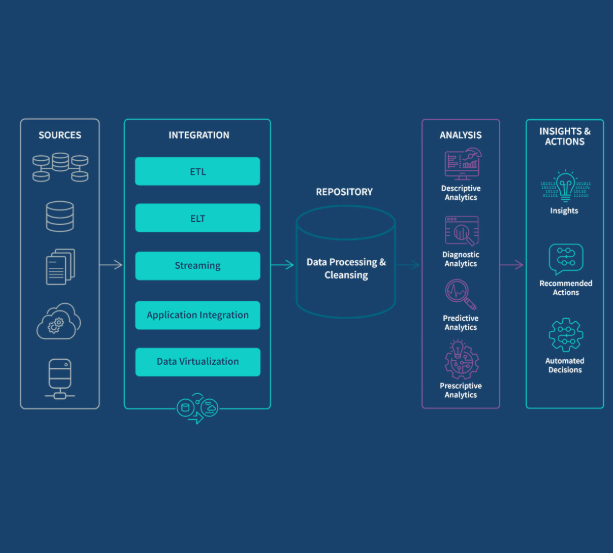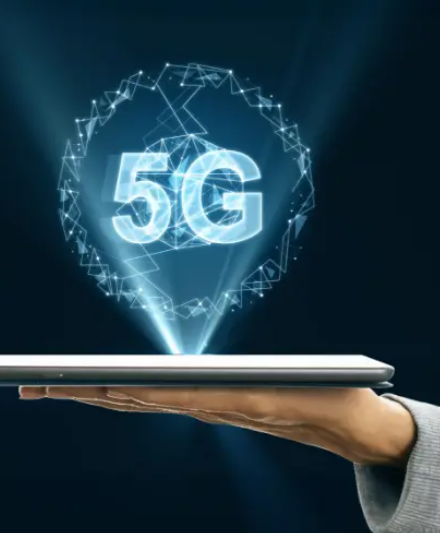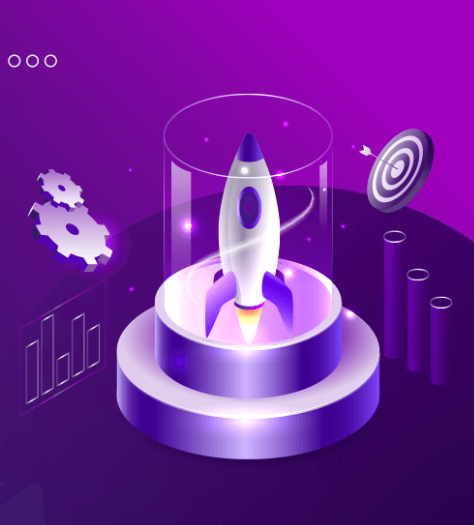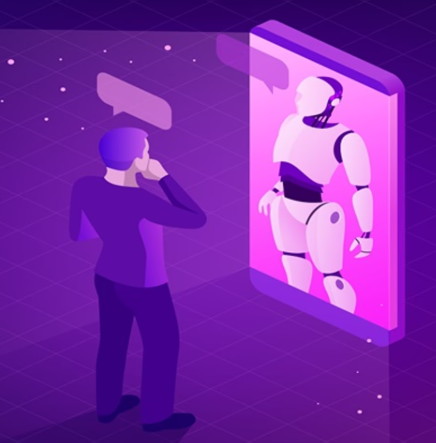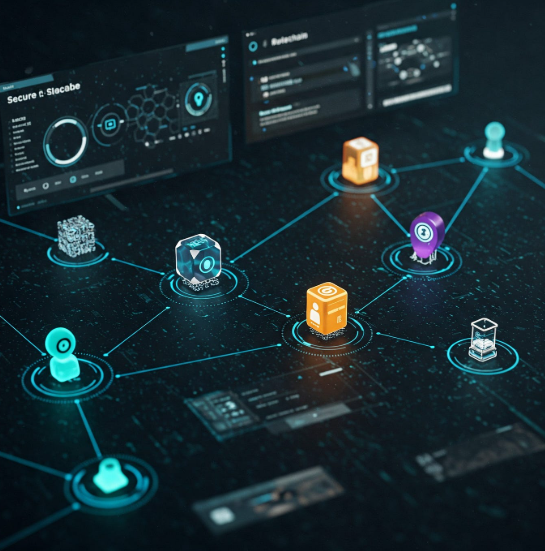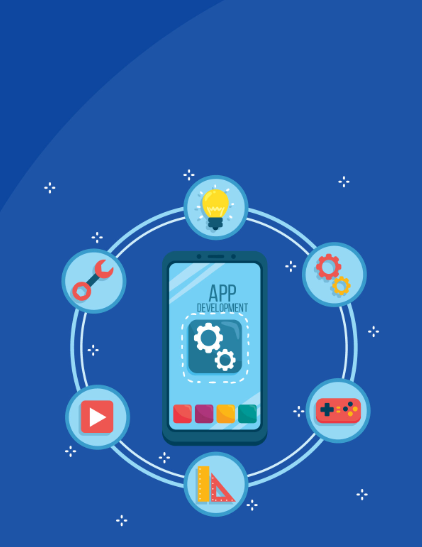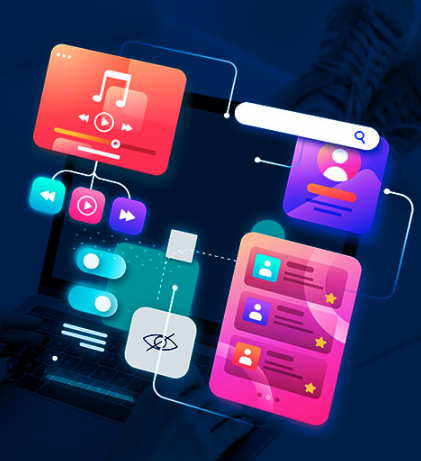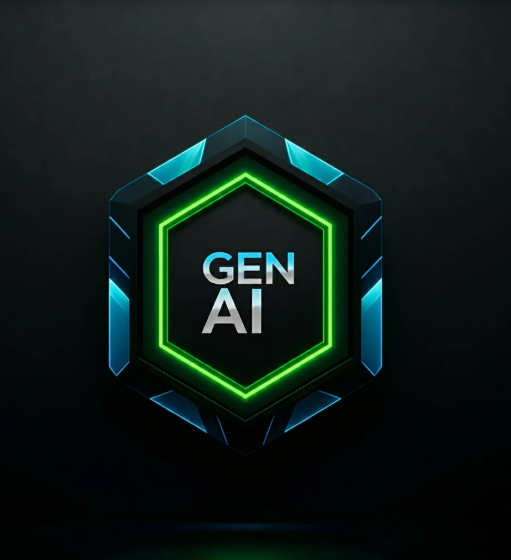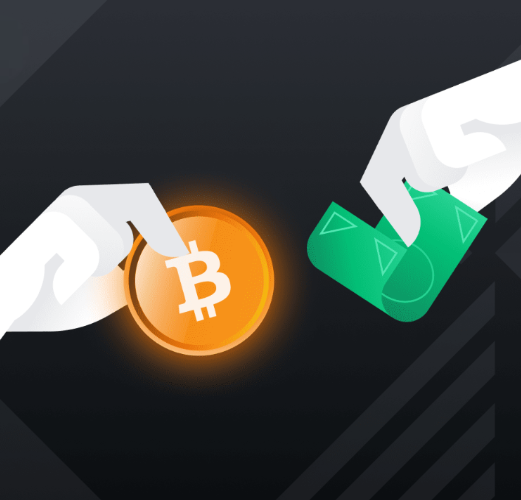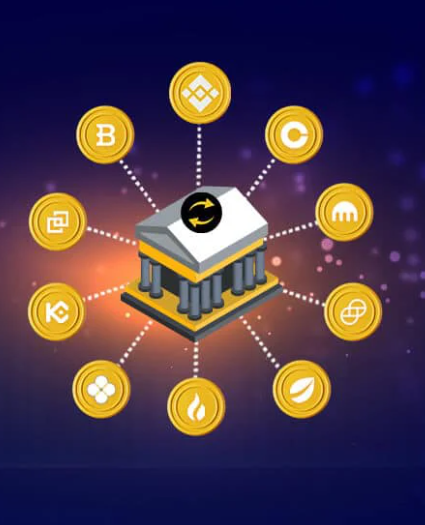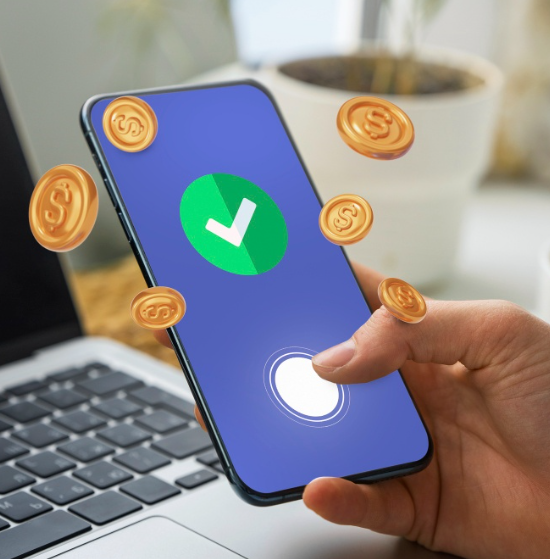
In-app purchases (IAPs) have become a significant revenue model for mobile applications, especially within the iOS ecosystem. As mobile engagement continues to rise, IAPs have shifted from just being a monetization option to an essential part of developing sustainable apps. This blog will explore how IAPs work, their types, benefits, challenges, and how developers can boost their revenue through smart IAP strategies.
What Are In-App Purchases (IAP)?
In-app purchases refer to digital transactions that allow users to unlock additional features, services, or content directly within a mobile application. These purchases can include virtual goods, subscriptions, or premium content, all processed through the app store’s payment system. IAPs are commonly associated with the freemium model, where users get access to the core functionality of an app for free but can pay to access enhanced features.
How Do In-App Purchases Work?
When a user initiates a purchase, the app triggers a transaction request through the app store’s billing API. The user authenticates and confirms payment, and once the transaction is approved, the app unlocks the purchased content or feature. This seamless process allows for secure payments and smooth user experiences, helping developers manage product identifiers and verify receipts to ensure proper transaction handling.
Types of In-App Purchases
There are several types of in-app purchases, each designed to cater to different app functionalities and user needs:
- Auto-Renewable Subscriptions
These subscriptions provide ongoing access to content or services, like media streaming or fitness apps, with automatic renewal on a set schedule. They offer steady, predictable revenue and are great for apps with regularly updated content. - Non-Renewing Subscriptions
These are fixed-term subscriptions that do not renew automatically. Users must repurchase after the term ends, which is ideal for time-limited content, such as online courses or event-based apps. - Consumable Purchases
Consumables are items that can be used up and repurchased, such as in-game currency or power-ups. These purchases are typically tied to gaming apps, where users buy items like coins or lives, which are consumed and require re-purchase. - Non-Consumable Purchases
Non-consumables offer permanent access to content or features after a one-time purchase, such as unlocking app tools or removing ads. These are ideal for apps that provide permanent value, like premium features in productivity apps.
A Complete In-App Purchase Workflow
Here’s a simple breakdown of how an IAP works:
- Request Product Information
The app queries the app store to get details about available in-app products, including their IDs, descriptions, and pricing. - Show Products to the User
The app displays these products in an easy-to-understand interface, giving users the information they need to make a purchase decision. - Initiate the Transaction
The user selects a product and authorizes the purchase. At this stage, a smooth, frictionless transaction experience is essential for encouraging purchases. - Handle Transactions
Once payment is confirmed, the app processes the transaction, managing any errors or issues (such as declined cards) to ensure the transaction is completed smoothly. - Unlock the Content
Once payment is successful, the content or feature is immediately unlocked for the user, ensuring satisfaction and reinforcing trust. - Restore Purchases
Users who change devices or reinstall the app can restore their previous purchases to ensure they maintain access to purchased content. - Receipt Validation
To prevent fraud, receipts are validated either locally or via the app store server to ensure the transaction is legitimate.
Methods of Making In-App Purchases
There are different ways users can make in-app purchases, each offering varying degrees of flexibility and security:
- Direct Purchases Within the App
These purchases are processed through integrated payment systems like the Apple App Store. This method is seamless, secure, and offers a user-friendly experience, but developers must comply with platform policies and share a revenue percentage with the app store. - Third-Party Payment Processors
In some cases, apps integrate third-party services like PayPal, Stripe, or Razorpay to manage payments. While this gives more control over transaction data, it may also require additional legal compliance and is often restricted on certain platforms.
Examples of In-App Purchases by Industry
Different industries have unique applications for in-app purchases:
- Gaming
IAPs are a major revenue driver in the gaming industry, with players purchasing virtual currency, character upgrades, or cosmetic items like skins. Games like Fortnite and Candy Crush use IAPs to enhance player experience and generate revenue. - Social Networks
Social media platforms may offer in-app purchases like coins for tipping creators, profile boosts, or premium features that enhance user engagement. TikTok and Facebook leverage IAPs for these purposes. - Dating
Dating apps offer IAPs to improve user experience, such as premium subscriptions or visibility-enhancing features. Tinder is a prime example, offering features like “boosts” or subscription options like Tinder Gold. - Entertainment
Streaming services use IAPs to offer ad-free experiences, early access to content, or exclusive media. YouTube Premium and HBO Max are examples of entertainment apps that utilize IAPs to provide premium access to content. - Education
Educational apps often use IAPs to unlock premium content, lessons, or certifications. Apps like Duolingo and Khan Academy offer in-app purchases for advanced lessons or personalized learning tools.
Benefits of In-App Purchases
In-app purchases offer several advantages for both developers and users:
- Stable Revenue Stream
IAPs provide predictable, recurring revenue, especially with subscription models, which help ensure the app’s financial stability over time. - User Flexibility
Users appreciate the ability to pay for only what they need, making in-app purchases accessible and adaptable to various budgets. - Increased Engagement and Loyalty
Offering valuable in-app purchases encourages users to engage more with the app. As they invest financially, their emotional investment also increases, fostering loyalty. - App Promotion and Growth
Revenue from IAPs can be reinvested into marketing, improving app store optimization, and adding new features to keep the app competitive.
Challenges of In-App Purchases
While beneficial, IAPs come with challenges:
- Dependence on Large User Bases
IAP models often rely on a small percentage of paying users, making it crucial to attract and retain a large audience to generate substantial revenue. - Balancing Monetization with User Experience
Overuse of purchase prompts can irritate users and harm the app experience. Finding the right balance between encouraging purchases and maintaining a smooth, enjoyable user experience is key. - Security Risks
Handling sensitive financial information requires robust security measures. Ensuring compliance with payment standards and safeguarding user data is essential to build trust. - User Retention
Even after users make an initial purchase, keeping them engaged over time can be challenging. Offering consistent value through content updates or special promotions can help maintain long-term relationships.
How to Increase In-App Purchases
Here are some strategies to boost your in-app purchases:
- Personalization
Tailor purchase options to users based on their behavior and preferences to make them more appealing and relevant. - Leverage User Data
Use insights from user data to create targeted offers and optimize product placements to drive conversions. - First-Time Conversions
Encourage users to make their first purchase with limited-time offers, discounts, or exclusive packs, which build confidence and establish a transactional relationship. - Rewards and Promotions
Use rewards, discounts, and loyalty programs to create urgency and encourage more purchases. - Optimize Timing
Present purchase prompts at strategic moments, such as after completing a level or unlocking a feature, to increase the likelihood of conversion. - Target High-Value Users
Identify and nurture your most profitable users by offering them exclusive deals or VIP benefits to increase retention and lifetime value. - Simplify the Process
Make the purchase process as frictionless as possible by reducing steps, offering familiar payment methods, and clearly communicating value before asking for payment.
Conclusion
In-app purchases provide a powerful monetization tool for iOS developers, allowing them to generate sustainable revenue while offering flexibility and value to users. By understanding the different types of IAPs, optimizing workflows, and using strategies to increase purchases, developers can create a more engaging and profitable app experience.
With the right approach, IAPs can help build a loyal user base, improve user experience, and create a long-term revenue model that supports continued growth and app development.


